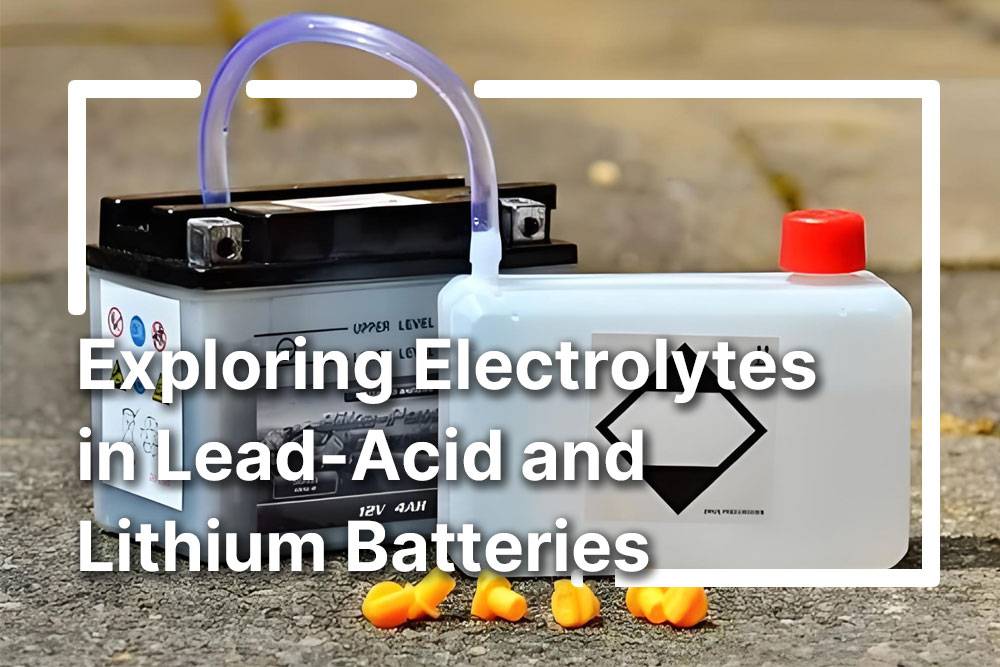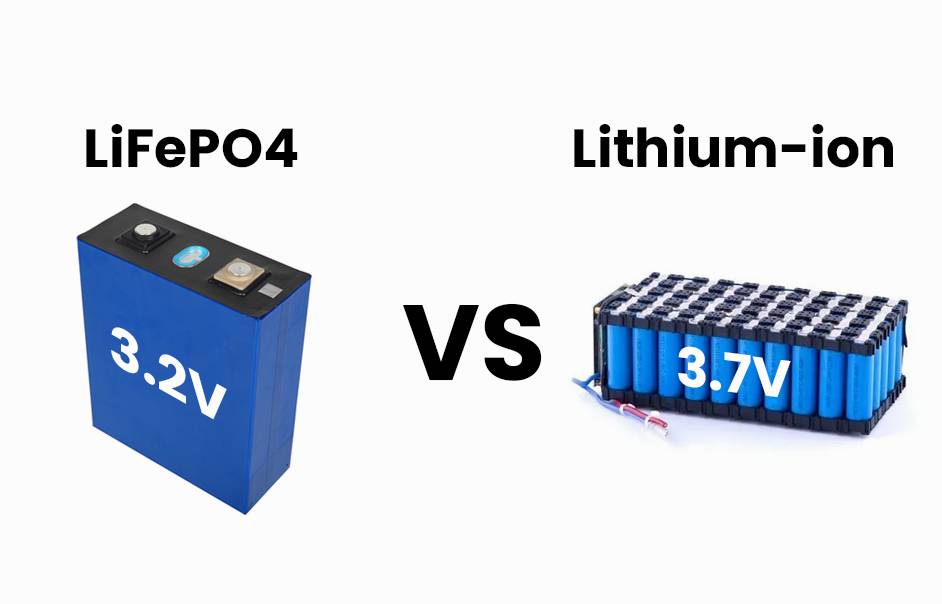- Lithium Golf Cart Battery
- Forklift Lithium Battery
-
48V
- 48V 210Ah
- 48V 300Ah
- 48V 420Ah (949 x 349 x 569 mm)
- 48V 420Ah (950 x 421 x 450 mm)
- 48V 456Ah
- 48V 460Ah (830 x 630 x 590 mm)
- 48V 460Ah (950 x 421 x 450 mm)
- 48V 460Ah (800 x 630 x 600 mm)
- 48V 460Ah (820 x 660 x 470 mm)
- 48V 500Ah
- 48V 560Ah (810 x 630 x 600 mm)
- 48V 560Ah (950 x 592 x 450 mm)
- 48V 600Ah
- 48V 630Ah
-
48V
- 12V Lithium Battery
12V 150Ah Lithium RV Battery
Bluetooth App | BCI Group 31
LiFePO4 Lithium
Discharge Temperature -20°C ~ 65°C
Fast Charger 14.6V 50A
Solar MPPT Charging - 24V Lithium Battery
- 36V Lithium Battery
- 48V Lithium Battery
-
48V LiFePO4 Battery
- 48V 50Ah
- 48V 50Ah (for Golf Carts)
- 48V 60Ah (8D)
- 48V 100Ah (8D)
- 48V 100Ah
- 48V 100Ah (Discharge 100A for Golf Carts)
- 48V 100Ah (Discharge 150A for Golf Carts)
- 48V 100Ah (Discharge 200A for Golf Carts)
- 48V 150Ah (for Golf Carts)
- 48V 160Ah (Discharge 100A for Golf Carts)
- 48V 160Ah (Discharge 160A for Golf Carts)
-
48V LiFePO4 Battery
- 60V Lithium Battery
-
60V LiFePO4 Battery
- 60V 20Ah
- 60V 30Ah
- 60V 50Ah
- 60V 50Ah (Small Size / Side Terminal)
- 60V 100Ah (for Electric Motocycle, Electric Scooter, LSV, AGV)
- 60V 100Ah (for Forklift, AGV, Electric Scooter, Sweeper)
- 60V 150Ah (E-Motocycle / E-Scooter / E-Tricycle / Tour LSV)
- 60V 200Ah (for Forklift, AGV, Electric Scooter, Sweeper)
-
60V LiFePO4 Battery
- 72V~96V Lithium Battery
- Rack-mounted Lithium Battery
- E-Bike Battery
- All-in-One Home-ESS
- Wall-mount Battery ESS
-
Home-ESS Lithium Battery PowerWall
- 24V 100Ah 2.4kWh PW24100-S PowerWall
- 48V 50Ah 2.4kWh PW4850-S PowerWall
- 48V 50Ah 2.56kWh PW5150-S PowerWall
- 48V 100Ah 5.12kWh PW51100-F PowerWall (IP65)
- 48V 100Ah 5.12kWh PW51100-S PowerWall
- 48V 100Ah 5.12kWh PW51100-H PowerWall
- 48V 200Ah 10kWh PW51200-H PowerWall
- 48V 300Ah 15kWh PW51300-H PowerWall
PowerWall 51.2V 100Ah LiFePO4 Lithium Battery
Highly popular in Asia and Eastern Europe.
CE Certification | Home-ESS -
Home-ESS Lithium Battery PowerWall
- Portable Power Stations
How Do Saltwater Batteries Compare to Lithium-Ion Batteries in Efficiency?

Saltwater batteries use a saltwater solution to store energy, making them safe and environmentally friendly. However, they have lower efficiency and energy density compared to lithium-ion batteries, which store more energy in less space. While saltwater batteries are great for long life and recycling, lithium-ion batteries excel in high-performance applications due to their compactness and power output.
What is a saltwater battery
A saltwater battery is an energy storage system that uses a saltwater solution to store and release energy. These batteries are safe, non-toxic, and environmentally friendly. They have a long lifespan, low maintenance needs, and can operate in various temperatures. Saltwater batteries are a promising alternative to lithium-ion batteries for energy storage.
How do saltwater batteries work?
Saltwater batteries work by using a liquid saltwater solution as an electrolyte. When the battery discharges, sodium ions move through this solution, creating an electric current. They can be recharged by applying voltage to reverse the process. Saltwater batteries are safe, low-maintenance, and environmentally friendly, making them suitable for various uses like solar energy storage.
The basic operation involves:
- Electrolyte Composition: A mixture of water and sodium chloride (table salt) acts as the electrolyte.
- Ion Exchange: During discharge, sodium ions move between the anode and cathode through the electrolyte, allowing electricity to flow.
- Recharging: The process can be reversed by applying an external voltage, restoring the battery’s charge.
Chart: Basic Operation of Saltwater Batteries
| Component | Function |
|---|---|
| Anode | Oxidation occurs, releasing electrons. |
| Cathode | Reduction occurs, accepting electrons. |
| Electrolyte | Facilitates ion movement between electrodes. |
 How do saltwater batteries compare to lithium-ion batteries in terms of energy density?
How do saltwater batteries compare to lithium-ion batteries in terms of energy density?
Saltwater batteries have lower energy density than lithium-ion batteries, storing about 100-150 Wh/kg compared to 150-250 Wh/kg for lithium-ion. This means saltwater batteries take up more space to provide the same power, making them less suitable for compact applications like electric vehicles and portable electronics, where size and weight are important.
- Saltwater Batteries: Generally have a lower energy density, meaning they store less energy in a given space compared to lithium-ion.
- Lithium-Ion Batteries: Exhibit high energy density, making them suitable for applications where space is limited.
Chart: Energy Density Comparison
| Battery Type | Energy Density (Wh/kg) |
|---|---|
| Saltwater Batteries | 100-150 |
| Lithium-Ion Batteries | 150-250 |
What are the advantages of using saltwater batteries?
Saltwater batteries offer key advantages: they are safe because they are non-toxic and non-flammable, making them easy to handle. They also have a lower environmental impact due to abundant materials and typically last up to 5,000 cycles, reducing the need for frequent replacements.
What disadvantages do saltwater batteries have compared to lithium-ion batteries?
Saltwater batteries have some disadvantages compared to lithium-ion batteries. They have a lower energy density, meaning they store less energy in the same space, which requires larger batteries. They are also sensitive to temperature changes, and their availability in the market is limited compared to the well-established lithium-ion technology.
How do the costs of saltwater and lithium-ion batteries compare?
Cost is a significant factor in battery selection:
- Saltwater Batteries: Generally have a higher initial cost but may offer lower lifetime costs due to longevity.
- Lithium-Ion Batteries: Prices have decreased significantly over recent years, making them competitive but still generally more expensive upfront.
Chart: Cost Comparison
| Battery Type | Average Cost per kWh |
|---|---|
| Saltwater Batteries | $200 – $300 |
| Lithium-Ion Batteries | $400 – $700 |
What environmental impacts are associated with both battery types?
Environmental considerations include:
- Saltwater Batteries: Use non-toxic materials that are easier to recycle, resulting in a lower environmental impact during production and disposal.
- Lithium-Ion Batteries: While they have a lower operational impact, mining for lithium can cause ecological damage, and disposal poses recycling challenges.
How do performance metrics differ between saltwater and lithium-ion batteries?
Performance metrics such as efficiency, cycle life, and charge/discharge rates vary:
- Saltwater Batteries: Typically exhibit lower efficiency (around 60-70%) compared to lithium-ion (90-95%).
- Lithium-Ion Batteries: Offer faster charge/discharge rates and better overall performance metrics suitable for high-demand applications.
Industrial News
Recent advancements in battery technology highlight a growing interest in sustainable alternatives like saltwater batteries. Researchers are exploring ways to enhance their performance while reducing production costs. As demand for eco-friendly energy storage solutions increases, companies are investing in developing efficient manufacturing processes for both saltwater and lithium-ion technologies.
Redway Power Insights
“While lithium-ion remains dominant due to its efficiency and compactness, saltwater technology presents a promising alternative,” states an expert from Redway Power. “As we continue to innovate in battery technology, understanding these differences will be crucial for making informed choices about energy storage solutions.”
FAQs
Do saltwater batteries corrode?
Saltwater batteries can corrode over time due to the presence of saltwater. The saltwater can cause gradual corrosion of the metal components inside the battery. To minimize this effect and extend the battery’s lifespan, it is important to ensure proper sealing and select suitable materials. Taking these precautions helps protect the battery from corrosion and maintain its performance over time.
Are saltwater batteries more efficient than lithium-ion?
Saltwater batteries are less efficient than lithium-ion batteries. Despite their advantages in safety and recyclability, saltwater batteries have lower energy density and efficiency, making them less suitable for high-performance applications. On the other hand, lithium-ion batteries are the preferred choice for most portable electronics and electric vehicles due to their higher energy density and efficiency.
How much do home saltwater solar batteries cost?
Home saltwater solar battery costs vary depending on capacity, brand, and incentives. For example, an Aquion Aspen 48S battery stack with 2.2 kWh capacity costs around $2,200, while an 11 kWh Aquion battery storage system is approximately $11,000. Other options include the Tesla Powerwall at $6,090, Renogy REGO at $5,129, BLUETTI EP900 + B500 ranging from $8,608 to $12,108, SunPower SunVault from $8,400 to $12,600, and Generac PWRcell at approximately $12,600 after incentives. Prices are subject to change, so it’s important to check current rates.
How to make carbon anodes for saltwater batteries?
Why are Silicate-Salt batteries better than lead acid?
What are the voltage ranges and compatibility of Aquion battery stacks with various inverters, such as the Outback FX 3648?
Aquion battery stacks typically operate in the 48V range, making them compatible with inverters like the Outback FX 3648, which is designed for 48V systems. Ensure the inverter’s voltage and current specifications match the Aquion stack requirements for optimal performance.
Is it possible to add additional battery modules to an Aquion stack to increase usable energy for the inverter?
Yes, additional Aquion battery modules can be added to increase the total energy capacity. Ensure the additional modules match the voltage and configuration of the existing stack to maintain system balance and performance.
How does the configuration of battery modules within an Aquion stack impact its voltage range?
The voltage range of an Aquion stack is determined by the series configuration of its battery modules. Each module adds to the overall voltage; for example, connecting multiple 2V cells in series can achieve a 48V stack. Proper configuration ensures compatibility with your inverter.
What is the nominal cell voltage for each cell in an Aquion battery stack?
The nominal cell voltage for each cell in an Aquion battery stack is typically 2V. Stacks are configured by connecting multiple cells in series to achieve the desired total voltage for the system.
What is the main advantage of saltwater batteries over lithium-ion?
The primary advantage is safety; saltwater batteries use non-toxic materials and pose no fire risk.
Why is energy density important when comparing battery types?
Higher energy density allows for more energy storage in smaller spaces, making it crucial for applications like electric vehicles.
Are saltwater batteries environmentally friendly?
Yes, they use abundant materials that are easier to recycle compared to traditional battery technologies like lithium-ion.
What are the pros and cons of various battery types, including Aquion, Ultrabattery, AGM, gel, flooded lead acid, Edison Iron, lithium cells, and tubular cells?
| Battery Type | Pros | Cons |
|---|---|---|
| Aquion | Safe, non-toxic, long life | Lower energy density, less efficient in cold temperatures |
| Ultrabattery | Hybrid chemistry, good deep-cycle performance | Higher cost, less well-known |
| AGM | Spill-proof, good performance in cold weather | Higher cost, limited deep-cycle capability |
| Gel | Safe, low maintenance | Higher cost, sensitive to overcharging |
| Flooded Lead Acid | Lower cost, reliable | Requires maintenance, less efficient |
| Edison Iron | Long lifespan, stable chemistry | Heavy, low energy density |
| Lithium Cells | High energy density, long life, low maintenance | Higher cost, requires specific chargers |
| Tubular Cells | Long life, good performance in deep discharge | Heavy, requires maintenance |
This chart summarizes the advantages and disadvantages of various battery types, providing a clear comparison for potential users.
What are the long-term performance expectations for Aquion batteries?
Aquion batteries are expected to have a long cycle life, often exceeding 3,000 cycles at 80% depth of discharge. Their performance remains stable over time, but they may have lower energy density and efficiency compared to newer technologies like lithium-ion.













 How do saltwater batteries compare to lithium-ion batteries in terms of energy density?
How do saltwater batteries compare to lithium-ion batteries in terms of energy density?








